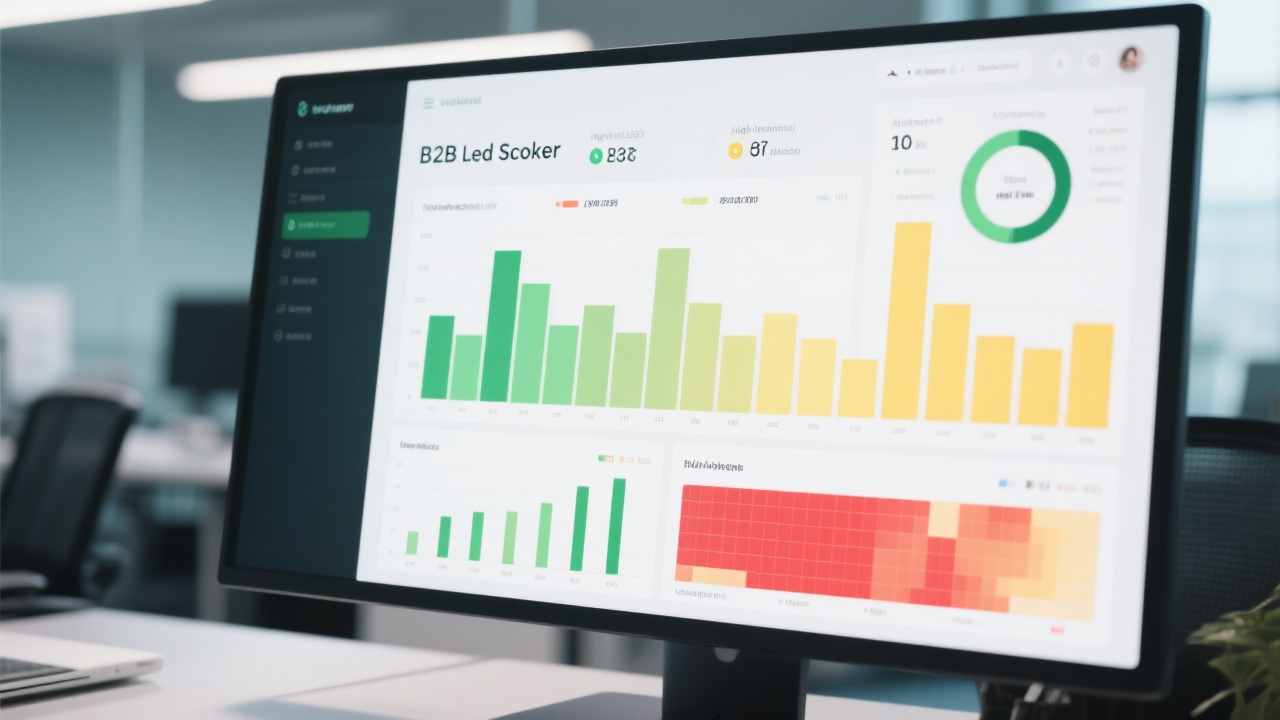
Exchange rate fluctuations have long been a significant concern for foreign trade enterprises. These fluctuations can have far - reaching effects on key business indicators such as sales revenue, profit margins, and order volumes.
Let's first look at the data. According to a recent survey of 500 foreign trade companies, when the exchange rate fluctuates by 5%, approximately 30% of these companies experience a decrease in sales revenue. For small and medium - sized enterprises (SMEs), this figure can be even higher, reaching up to 40%. Profit margins are also severely affected. A 3% adverse exchange rate movement can reduce the average profit margin of a foreign trade company by about 2 - 3 percentage points.
Order volumes are another area that takes a hit. In industries with thin profit margins, like textiles and consumer electronics, a 4% unfavorable exchange rate change can lead to a 15 - 20% drop in new orders. This is because foreign buyers become more price - sensitive when the exchange rate makes products more expensive.

Let's take a look at some real - life examples. Company A, a medium - sized furniture exporter, faced a 10% appreciation of the domestic currency against the US dollar in a year. As a result, its sales revenue in the US market decreased by 25%. To cope with this, the company had to renegotiate contracts with suppliers to reduce costs and started to explore new markets in regions with more stable exchange rates. However, these measures took time to implement, and in the short - term, the company's profit margins shrank significantly.
On the other hand, Company B, a large machinery exporter, had a more proactive approach. It used financial derivatives to hedge against exchange rate risks. By locking in exchange rates for future transactions, it was able to maintain a relatively stable profit margin even when the exchange rate fluctuated. But this strategy requires a high level of financial expertise and a large amount of capital, which is not feasible for many SMEs.

We interviewed Dr. John Smith, a well - known international trade expert. He pointed out that "Exchange rate risk management should be an integral part of a foreign trade company's overall business strategy. Enterprises need to not only rely on financial hedging tools but also optimize their customer resources and market layout."
Dr. Smith also emphasized that "Smaller enterprises often lack the resources and expertise to manage exchange rate risks effectively. They need more user - friendly and intelligent tools to help them predict and manage these risks."
This is where 'Foreign Trade Geek' steps in. With its intelligent analysis function, 'Foreign Trade Geek' can analyze historical exchange rate data and market trends to predict potential exchange rate risks in advance. For example, it can forecast a 5% exchange rate change with an accuracy rate of up to 70%, giving enterprises enough time to take preventive measures.
In addition, its customer management function allows enterprises to optimize their customer resources. By analyzing customer purchasing power and price sensitivity in different exchange rate scenarios, companies can adjust their marketing strategies and product offerings. This can help maintain or even increase order volumes during exchange rate fluctuations.

So, how can your enterprise better manage exchange rate risks and achieve stable business growth? Don't miss out on the opportunity to use 'Foreign Trade Geek' to transform your foreign trade operations. Click here to learn more about how 'Foreign Trade Geek' can help your business thrive in the face of exchange rate uncertainties.
.png?x-oss-process=image/resize,h_100,m_lfit/format,webp)
.png?x-oss-process=image/resize,h_100,m_lfit/format,webp)

.png?x-oss-process=image/resize,h_100,m_lfit/format,webp)
.png?x-oss-process=image/resize,h_100,m_lfit/format,webp)
.png?x-oss-process=image/resize,h_100,m_lfit/format,webp)
.png?x-oss-process=image/resize,h_100,m_lfit/format,webp)
